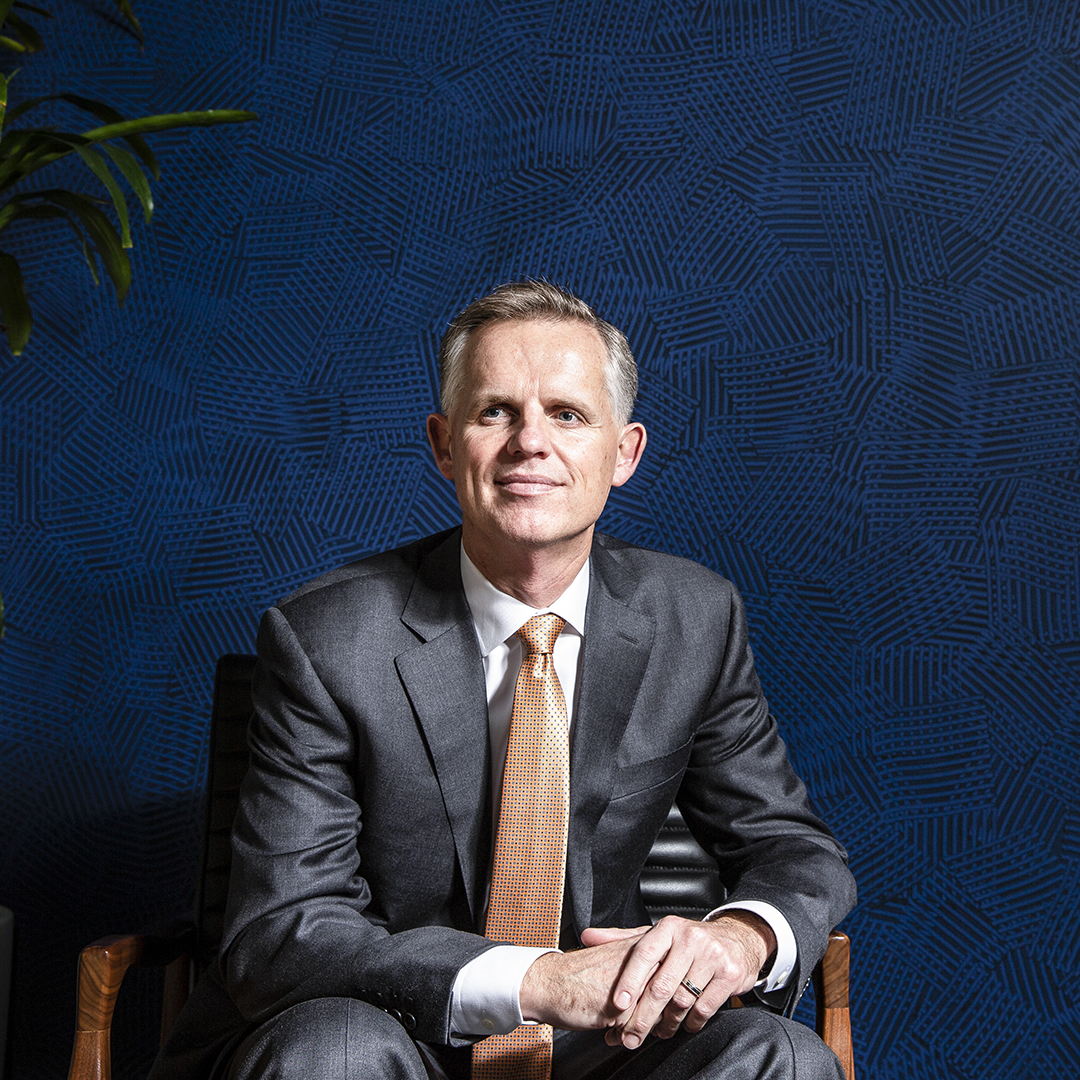Peter Kim understands the value of a multicultural perspective. Born in Vietnam to Vietnamese and Korean parents, he had lived in Saigon, Seoul, Tehran, and Southern California, fled two failing governments, and decided he wanted to be a lawyer by the time he finished high school. Kim chose employment law because, “It’s why my parents fled to the US,” he says. “Employment law is fundamentally about ensuring people have equal opportunities to succeed at work without regard to their protected characteristics, particularly their country of origin.”
At Thermo Fisher Scientific, where he serves as vice president, culture and counsel, he now uses his skills and experience to improve employee engagement by shaping the culture, embedding diversity and inclusion into the company’s DNA.
In his previous role at Pfizer, Kim also supported diversity and inclusion initiatives. “I saw the importance of acknowledging, listening, and understanding diverse perspectives so that employees feel that they matter and can do their best work,” Kim says. That role—where he ran ethics program out of Dubai for the Middle East and Africa—meant checking his assumptions and biases, being willing to see through different lenses, and understanding and respecting different cultures and value systems.
“There is a great need to understand why people do what they do, because what seems abnormal or unusual to Americans may be perfectly normal to others,” he says. “We need to focus on mind-sets, beliefs, and values to understand behavior.”

This idea is a cornerstone of his work at Thermo Fisher Scientific, where he leads culture, engagement, ethics, employment law, and diversity and inclusion through the human resources and legal functions. When he started his position in 2014, he began to use data and external benchmarks to assess needs and opportunities, particularly in relation to employees’ willingness to voice internal concerns.
Kim knew that the roughly ninety complaints the company fielded from its 50,000 employees most likely indicated that employees did not feel comfortable escalating issues that affected their well-being and the company’s performance. “It is hard for an employee to be fully invested in the company’s mission if they don’t feel supported, valued, and emotionally and psychologically safe,” Kim says. Such workplaces can decrease an employee’s commitment, impact their productivity, and diminish trust and wellness, Kim says.
At a financially disciplined, global, and growing company like Thermo Fisher Scientific, competing for additional resources for employee happiness, diversity and inclusion, and ethics must come with a strong business case. Kim argues increased trust, transparency, and feelings of emotional and psychological safety lead to increased engagement from employees. The outcome is more discretionary effort and, thus, increased productivity without increased head count.
“There needs to be a place where people are recognized and rewarded, and they see action for sharing ideas or raising concerns,” Kim says. Another benefit of appreciating and understanding diverse perspectives is it strengthens the effectiveness of compliance programs, particularly for countries outside of the US.
An increased focus on diversity and inclusion also helps Thermo Fisher Scientific meet the evolving and growing needs of its customers. With customers around the world, the company needs employees who reflect that diversity. For example, 40 percent of Thermo Fisher Scientific’s end customers are pharmaceutical and biotech companies, which focus on strengthening their therapeutic pipeline. They want to work with partners who can help drive innovation and maximize productivity. This requires a diversity of thought and perspectives essential to driving innovation.
As he advances the goal of embedding diversity and inclusion into the organization’s culture, Kim leads a culture and counsel team of twenty-two people to implement change. The company has launched employee resource groups for different demographics, including women, African Americans, employees with disabilities, members of the LGBT community, and Hispanic employees. These groups create bottom-up efforts around communication, trainings, and advocacy. They also surface ideas for the rest of the company, promote diversity of thought, and drive a culture of inclusion.
Managing and measuring progress hasn’t been easy. Kim’s team has created diversity and inclusion indices, introduced new questions on the annual employee-opinion survey, and explored other measurement strategies to assess impact. He has also tapped into the behavioral sciences to better understand human motivations. “I feel like we are on a learning journey,” he says. “I am by no means an expert, but I love the idea of trying something new to potentially drive different and better results.”
Kim’s team recently created an inclusion narrative with leadership input that seeks to engage the company’s executives on why inclusion is important to the future success of the company. The narrative allows leaders to tell their own stories about inclusion—but to do so in a way that feels authentic and cohesive. Leaders also put out monthly profiles talking about their own ethical dilemmas with the intent of promoting more transparency, discussing these issues openly, which will lead to better compliance.
All of these programs have had a significant impact. Though it may seem counterintuitive, Kim is happy to report an increase in complaints. His in-house team—now comprising eight dedicated employees, up from a part-time ad-hoc role—annually investigates more than 600 complaints from Thermo Fisher Scientific’s employees. Kim has also seen complaint-type diversification. All of this signals increased transparency, trust, and psychological safety. Looking at the bottom line, increased internal responsiveness correlates to decreased external complaints. The resulting legal cost reductions mean millions in savings, with mitigation of risk to boot.
Having kicked off top-down and bottom-up strategies, Kim will now hone in on Thermo Fisher Scientific’s 11,000 middle managers. “One of the biggest workplace stressors,” Kim says, “is when employees need to pretend to be someone they are not.”
Kim envisions the company in a space where employees spend energy on their actual work instead of trying to fit in. A more inclusive workplace has far-reaching effects as empowered, involved, and connected employees do their best work, which enables the company’s customers to make the world healthier, cleaner, and safer.
Ogletree Deakins is a labor and employment law firm representing management in all types of employment-related legal matters. Ogletree Deakins has more than 850 attorneys located in fifty-three offices across the United States and in Europe, Canada, and Mexico. The firm represents a range of clients, from small businesses to Fortune 50 companies. www.ogletree.com
“Working closely with Peter, it has been a pleasure observing his keen business acumen and unwavering focus on corporate ethics complement his sharp legal mind. Remarkably, his character as the nicest person in the room attests to his quiet confidence. This well-deserved honor comes as no surprise to Paul Hastings.”
—Brad Newman, Partner, Paul Hastings LLP

